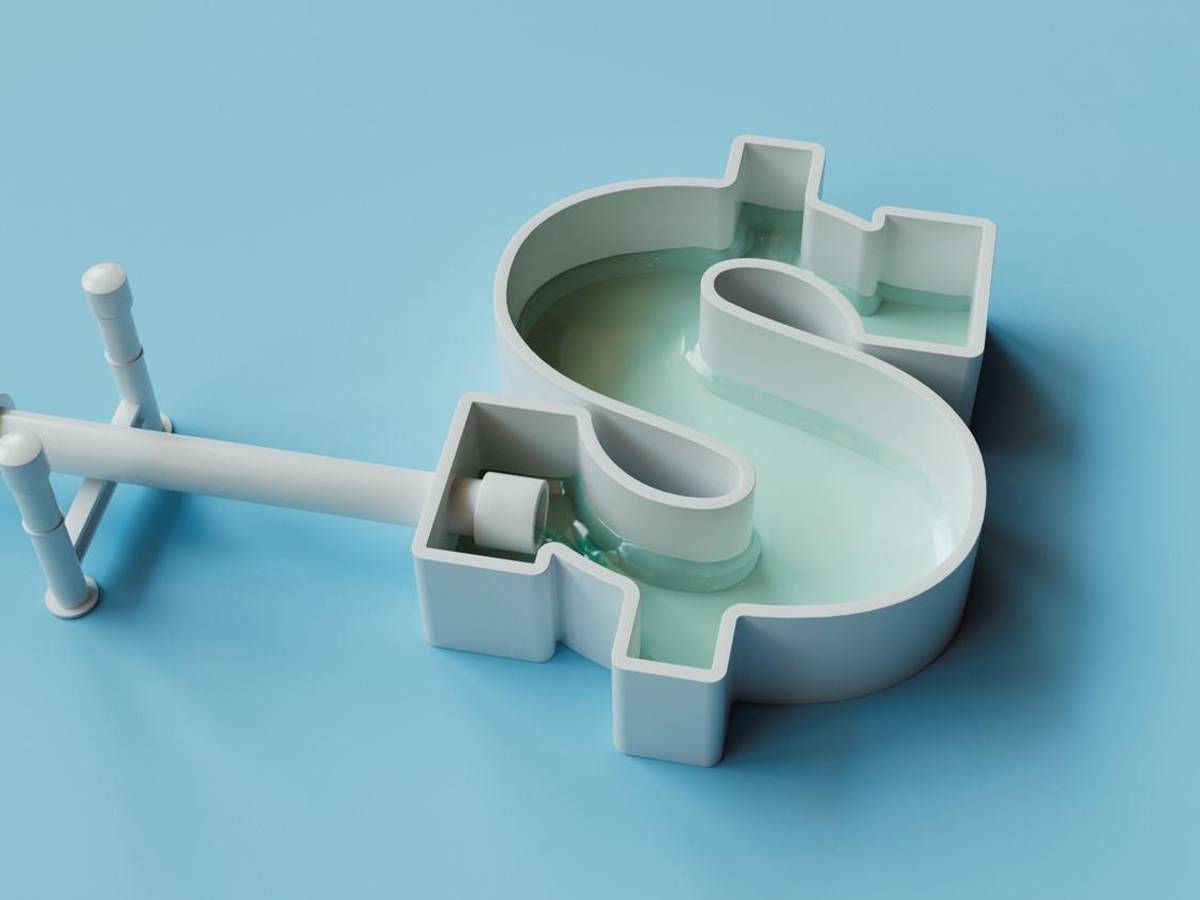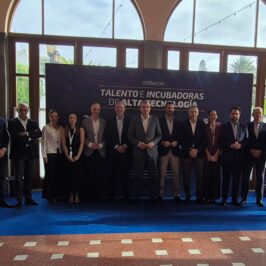Environmentalist Mario Morales highlights that companies begin to develop their sustainability strategies based on the fact that water is essential for producing goods or services or for the minimum functioning of societies.

Mario Morales, CEO of Water Co., considers that private entities that have addressed the issue of sustainability have understood their role in the exploitation of resources such as water.
“Private companies have entered into a vision of sustainability where they migrated from a vision of profitability to one of feeling part of a territory, in which the issue of reputation is important,” he clarified.
The environmentalist highlights that companies begin to develop their sustainability strategies based on the fact that water is essential for producing goods or services or for the minimum functioning of societies.
“That awareness has led them to see that the water issue must continue to rise,” he highlighted.
This change is driving the transition from a green economy to a blue one that has water conservation and protection as its main focus.
“Those who talk about water in the region always talk about 'green', about the environment, but their era is ending and the era of blue is beginning because water is beginning to have an identity and blue finances and strategies and blue seals is what the region needs,” he noted.
Carlos Aguilar, from Azure, adds that as in all countries in the world, The agricultural sector is the main consumer of water resources.
It stands out that in countries like El Salvador the sector has a great opportunity to reduce losses both in the conduction of irrigation water in open canals and in irrigation systems.
“When they can be made more technical, this use of water resources can be greatly reduced,” he said.
He added that At an industrial level there are also many processes that do not require fresh water, which can perfectly operate with treated water.
“This is also an opportunity so that instead of using clean water, treated water from plants can be used,” he said.
Water Co. has been working in this direction since 2013. The company emerged with the objective of contributing to the well-being of millions of people through knowledge about water.
The firm is a partner of CentraRSE and is a pioneer in offering a product that follows global corporate trends in sustainability to increasingly emphasize a blue connotation.
Morales highlights that adaptation to climate change must obey this variability and that this is achieved with infrastructure and solutions based on basins, but also with gray infrastructure, which includes huts, gabions, breakwaters, hydraulic works, dams and reservoirs to store water that is later used for irrigation.
“This part has many challenges, a lot of public and private investment, beginning to see how they do it in the basins in the Mediterranean that have optimized the use of water in dry areas using surface and groundwater,” he stated.
John McCormak, director of the Climate Action Institute of the Salvadoran Association of Industrialists (ASI), adds that for a typically medium or large company to have to invest from half a million to a million dollars – initially – to have an efficient treatment system. with water reuse, that means that the projected investment is no longer just about marketing or “greenwashing”, but they have seen a need to live up to a standard.
“We have quite a few companies that have even gone one step further and have already been certified with ISO 14001, different international certifications for efficiency processes in operations,” he concluded.
Source:Revistaeyn









